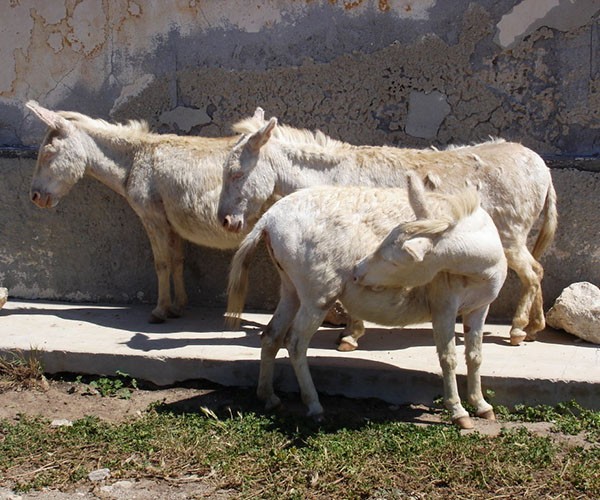Chinese forestry police saw wild donkeys roaming the grassland near the Mongolian border. The said animals were among those included in the list of endangered species found in China.
The police were patrolling the area when they saw around 30 wild donkeys wandering in the prairies. The herd included three foals and were all looking healthy, they reported.
After the report of the wild donkeys came out, zoologists from the Inner Mongolia Autonomous Region situated in North China became keen to come up with measures that would protect the animals. Since 1990s, the number of wild donkeys in China has notably decreased because of poachers out to sell the animals.
Donkey meat is a known delicacy in China. In Baoding, Hebei Province, people make burgers out of donkeys and the tradition of eating the said meat dates back to the Ming Dynasty. While the practice of eating the meat of the said animal is widespread in the country, many activists are already pushing for stricter wildlife protection laws that would include wild animals, which the said donkeys fall under.
A revision of a 1988 wildlife protection law has been called to include the idea of "animal welfare," noted the South China Morning Post. The move is aimed at safeguarding numerous wild animals found in China as the current law only covers certain endangered animals but not all species.
Meanwhile, the Chinese government has already increased its clampdown on poachers. In Aug. 2014, two men have been arrested for killing a Tibetan wild donkey, which is included in the protected list.
In the last 20 years, the number of wild donkeys all over the world has decreased by 52 percent. According to the International Union for Conservation of Nature, there are only an estimated 8,358 adult wild donkeys found globally, which placed the said animal in the Red List of Threatened Species List.
Aside from the wild donkey, various wildlife which originated in China have found their way in the world's endangered list. Among these are the giant panda, golden monkey, snow leopard, crested ibis, Tibetan antelope, Pere David's deer and the black-necked crane.



























